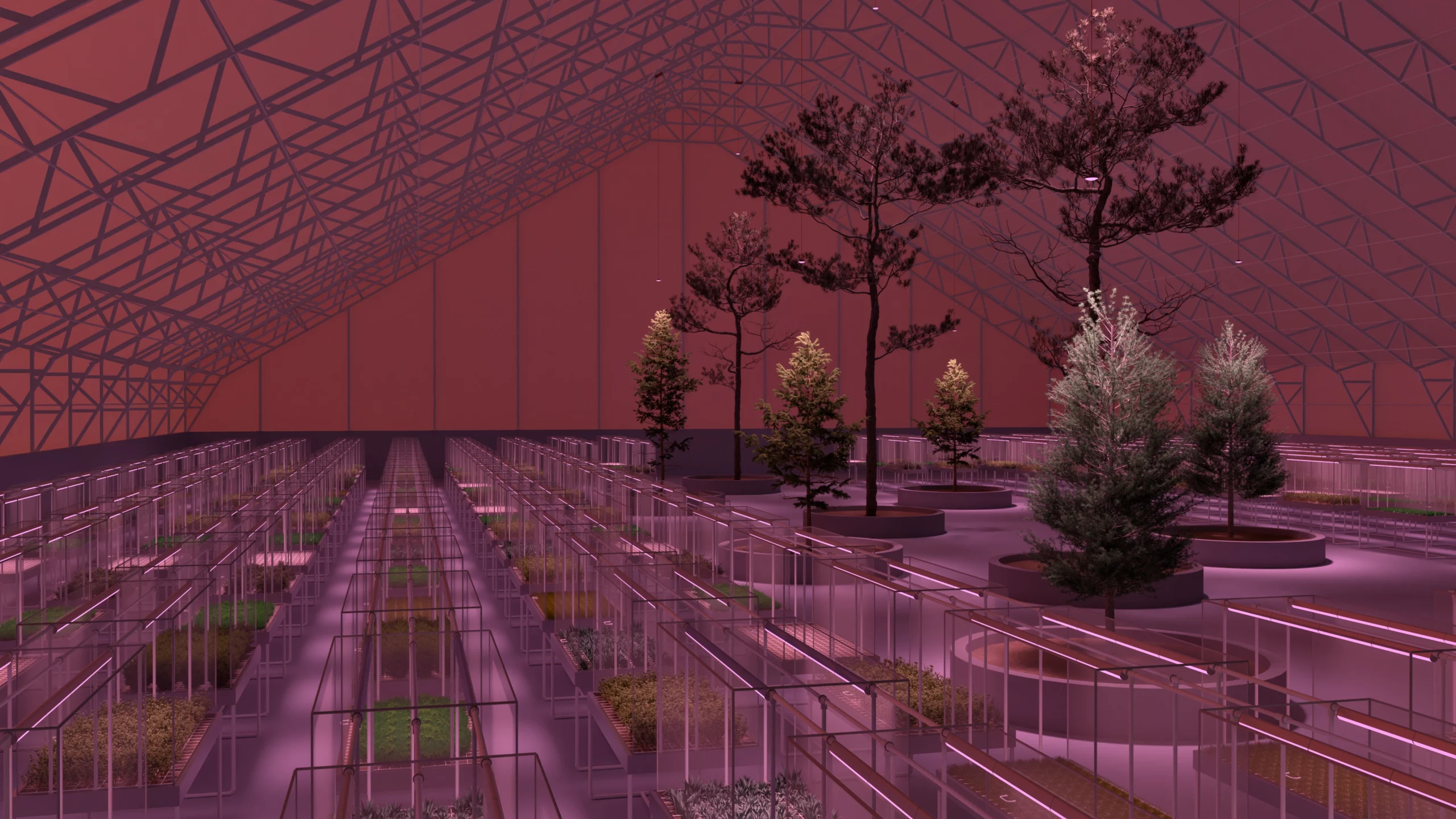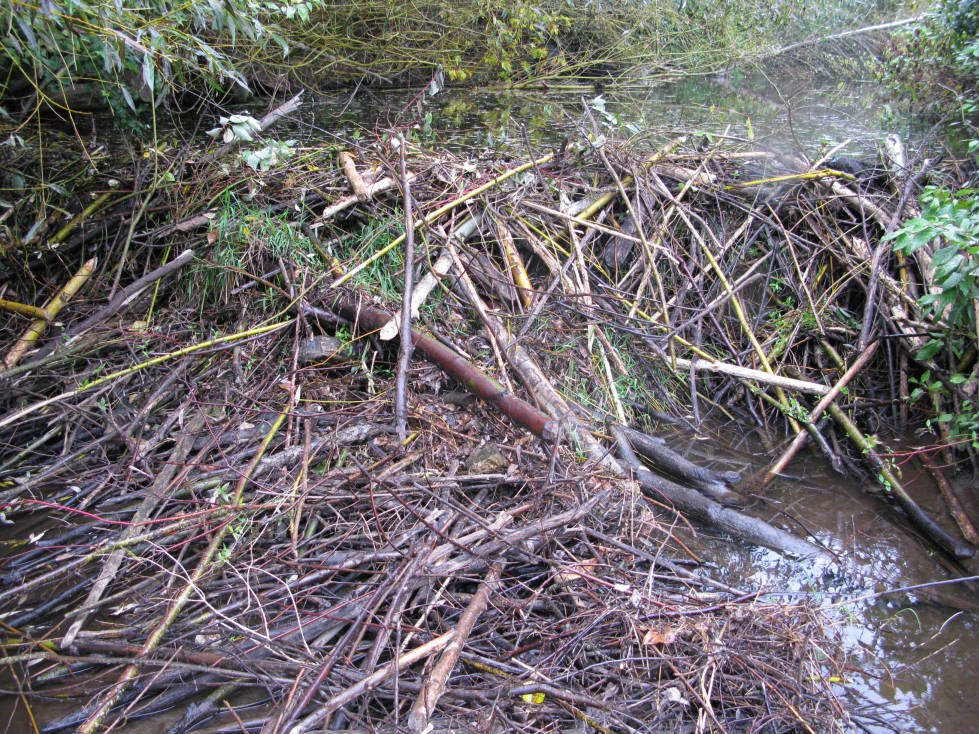Picture a barren, rusty world, its surface swept by cold winds and bathed in a pale, distant sun. Now, imagine industrious beavers gnawing and building, transforming a once-wild river into a thriving wetland teeming with life. What if humans could do to Mars what beavers do to rivers—reshape, revive, and spark a new beginning? The idea sounds wild, maybe even outrageous, but it’s a question that stirs both our scientific curiosity and our deepest sense of wonder. Could we, humble earthlings, become the beavers of Mars?
Beavers: The Unsung Architects of Ecosystems
Beavers are nature’s engineers, and their impact on the environment is nothing short of astonishing. By felling trees and building dams, they slow down rushing streams, turning them into calm ponds and wetlands. This transformation doesn’t just benefit the beavers—it creates habitats for countless other species, from frogs to birds to fish. Wetlands store water, filter pollutants, and even help prevent floods downstream. Beavers, with their simple tools and relentless determination, show us how one species can reshape its entire environment. Their work is a living example of how small changes can lead to profound ecological shifts.
Terraforming: Humanity’s Grand Ambition

Terraforming is the process of altering a planet’s environment to make it more Earth-like. For Mars, this means warming its freezing surface, thickening its thin atmosphere, and possibly creating liquid water. The scale is mind-boggling—where beavers build dams a few meters wide, terraforming would require planet-sized engineering. Yet, the ambition is there. Scientists have proposed everything from giant mirrors in space to the controlled release of greenhouse gases to nudge Mars towards habitability. Unlike beavers, who work with sticks and mud, humans would need advanced technology, decades of planning, and a willingness to dream big.
Similarities Between Beavers and Terraformers
At first glance, beavers and human terraformers couldn’t be more different. But dig a little deeper, and the parallels are remarkable. Both start with an environment that doesn’t quite suit them. Both use available resources—beavers use wood and water, humans would use technology and Martian minerals. Both aim to create a more comfortable, supportive habitat, not just for themselves, but for a web of life that follows. This shared drive to engineer a better world is a story as old as evolution itself. In many ways, our aspirations on Mars echo the timeless work of beavers in the wild.
The Science of Beavers: Ecosystem Engineers in Action

Beavers transform landscapes by instinct, but their impact is grounded in science. Their dams slow water flow, creating ponds that help recharge groundwater supplies and support diverse plant and animal communities. Scientists have documented how beaver-created wetlands can trap sediment, improve water quality, and even store carbon—helping fight climate change on a small scale. These changes ripple outward, altering the local climate, increasing biodiversity, and making the environment more resilient. The beaver’s influence is a powerful reminder that even small-scale engineering can have big, positive consequences.
The Challenges of Terraforming Mars

Turning Mars into a second Earth is a far more daunting task than building a beaver dam. Mars has a thin atmosphere, no magnetic field, and surface temperatures that regularly drop below minus 100 degrees Celsius. The planet’s water is mostly locked away as ice, and solar radiation bombards the surface without the protection of a thick atmosphere. Every step towards terraforming—whether releasing greenhouse gases, melting ice caps, or importing resources—would require technology we’re only just beginning to develop. Unlike beavers, who instinctively know what to do, we would have to learn as we go, facing risks and uncertainties at every turn.
Learning from Nature’s Playbook

Nature is full of lessons for would-be terraformers. Beavers show us that small interventions can set off chains of change that eventually transform entire ecosystems. On Mars, this might mean starting with small-scale experiments—growing hardy plants in greenhouses, melting patches of ice, or building shelters that recycle air and water. By observing how beavers gradually expand their influence, we can imagine a step-by-step approach to terraforming, testing each stage before moving on to the next. This methodical, adaptive strategy could be the key to success on a planet as unpredictable as Mars.
Tools and Technology: From Beaver Teeth to Human Ingenuity
Beavers rely on their sharp teeth, strong jaws, and teamwork to reshape rivers. Humans, on the other hand, would need a suite of advanced tools to take on Mars. These could include robotic builders, nuclear reactors for heat, genetically engineered organisms to kickstart life, and massive factories to produce atmospheric gases. The technology would need to be rugged, reliable, and capable of working in harsh Martian conditions. Just as beavers adapt their dam-building techniques to different environments, humans would need to innovate constantly, solving problems as they arise and making the most of the resources at hand.
Ecological Cascades: One Change Leads to Another

When beavers build a dam, the effects ripple outward in unexpected ways. New ponds attract birds and insects, fish populations rebound, and forests grow on the newly enriched soil. On Mars, even a small success—like melting a pocket of ice or creating a stable greenhouse—could set off its own cascade. Water vapor could create clouds, leading to localized warming. Algae might start producing oxygen, slowly altering the air. Each step forward could make the next one easier, just as beaver ponds pave the way for more wildlife. This idea of ecological cascades is at the heart of both beaver-driven change and Martian terraforming.
The Role of Time: Patience and Persistence

Beavers don’t transform landscapes overnight. Their dams may take years to build, and wetlands can take decades to mature. Similarly, terraforming Mars would be a project for generations, not a single lifetime. Patience would be essential—each small victory would build on the last, inching closer to a habitable world. The slow, steady progress of beavers reminds us that nature doesn’t rush, but it never stops. In the same way, human persistence and adaptability could eventually make the impossible seem inevitable.
Ethical Questions: Should We Play Beaver on Mars?
The idea of reshaping a whole planet raises tough ethical questions. Do we have the right to alter Mars, a world that has existed untouched for billions of years? What if there is hidden life beneath its surface—would our actions destroy something precious and unknown? Beavers act by instinct, but humans must balance ambition with responsibility. These questions don’t have easy answers, but they force us to think deeply about our place in the universe and the consequences of our actions. As we look to Mars, we must ask not just if we can, but if we should.
Inspiration and Imagination: Where Science Meets Wonder
The comparison between beavers and human terraformers isn’t just a scientific analogy—it’s a spark for the imagination. It challenges us to see the connections between nature and technology, and to dream about what’s possible when we blend patience, innovation, and care. The wild idea of terraforming Mars becomes less about conquering a planet and more about learning from life’s greatest engineers. As we ponder this analogy, we’re reminded that the future of exploration will be shaped not just by rockets and robots, but by the same wonder and curiosity that drives beavers to build their homes.
Would you have ever guessed that the humble beaver might hold the key to humanity’s most audacious dreams?



